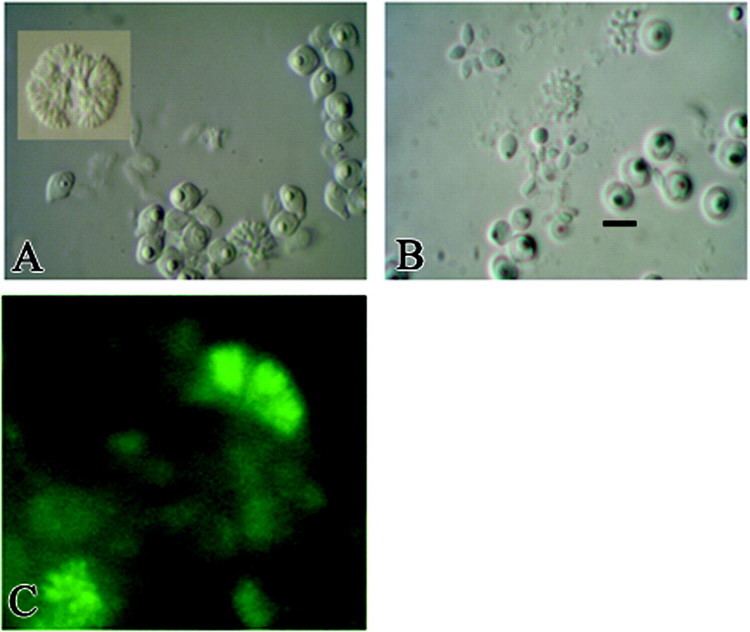Family Pasteuriaceae | Division Firmicutes Rank Genus | |
 | ||
Similar Pasteuria ramosa, Pratylenchus penetrans, Meloidogyne javanica, Root‑knot nematode, Meloidogyne incognita | ||
Florida high tech corridor faces of technology dr kelly smith pasteuria bioscience inc
Medical vocabulary what does pasteuria mean
Pasteuria
Pasteuria is a genus of mycelial and endospore-forming, nonmotile gram-positive bacteria that are obligate parasites of some nematodes and crustaceans. The genus of Pasteuria was previously classified within the family Alicyclobacillaceae, but has since been moved to the family Pasteuriaceae.
Contents
- Florida high tech corridor faces of technology dr kelly smith pasteuria bioscience inc
- Medical vocabulary what does pasteuria mean
- Pasteuria
- Steps of infection
- Effects of Parasite
- Potential as Biocontrol
- Pasteuria Species and their hosts
- References
Steps of infection
Animals that are susceptible to Pasteuria become infected when they are exposed to spores in soil or water. Therefore, Pasteuria are transmitted horizontally between hosts and when an infected host dies, it releases spores to the soil or sediment. The likelihood of infections is related to the spore density in the environment and can be affected by temperature. After contact with the host, Pasteuria spores are activated, attach to their host, penetrate the host’s cuticle, proliferate within the host, and kill the host. In water fleas, the ability of the spore to successfully attach during the infection process is related to the genotype of the host and the parasite. Spore cells that do not infect animals and pass through a resistant host can still remain viable and infectious.
Effects of Parasite
Following infection with Pasteuria, the parasite interferes with the reproduction of their female hosts. Hosts can live with the parasite for a prolonged period of time after infection. In Daphnia, P. ramosa induces gigantism. P. penetrans parasitized females of the nematode Meloidogyne javanica, on the other hand, were smaller than healthy individuals.
Potential as Biocontrol
Due to the effect of Pasteuria on reproduction, especially on nematode pests of important crops, there is an interest to develop Pasteuria as a biological control agent. In 2012, Syngenta acquired a company named Pateuria Bioscience to commercialize Pasteuria as a biological control. In 2013, Syngenta launched CLARIVA™ pn, which has the active ingredient of Pasteuria nishizawae to combat the soybean cyst nematode. The effectiveness of Pasteuria as a biocontrol may depend on the biotypes of the nematode host that are present since they can vary in their susceptibility to Pasteuria.
Pasteuria Species and their hosts
Currently, four species of Pasteuria and two candidate species are described, all of which are obligate parasites with specific hosts. The described species and their hosts include:
- P. ramosa: parasite of Cladocerans, including Daphnia.
- P. nishizawae: parasite of cyst-forming nematodes in the genera Heterodera and Globodera.
- P. penetrans: parasite of root knot nematodes in the genus Meloidogyne spp.
- P. thornei: parasite of root-lesion nematodes in the genus Pratylenchus.
Candidate species and their hosts include:
- P. usage: parasite of the sting nematode, Belonolaimus longicaudatus
- P. aldrichii: parasite of bacterivorous nematodes in the genus Bursilla spp.
Additional species of Pasteuria have been named but are yet to be formally described, including Pasteuria hartismeri and Pasteuria goettingianae.
